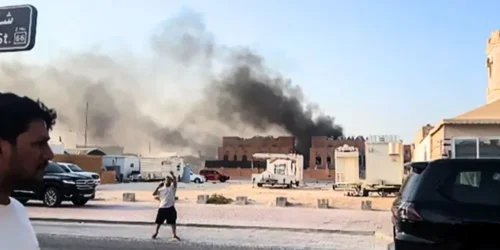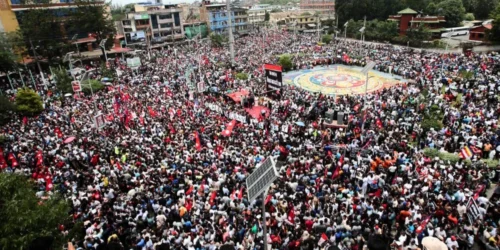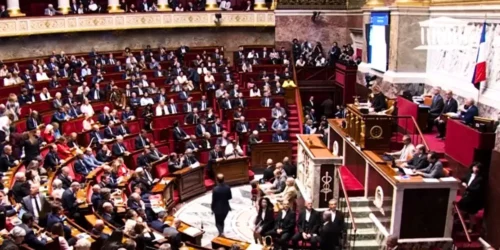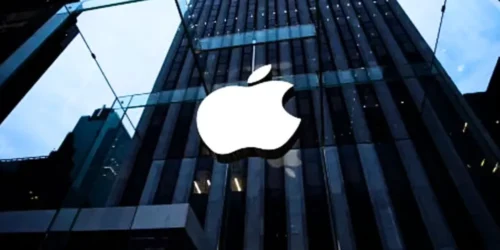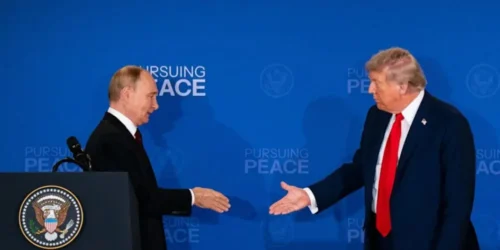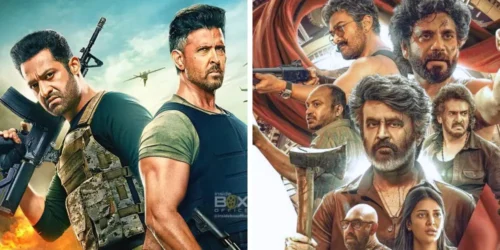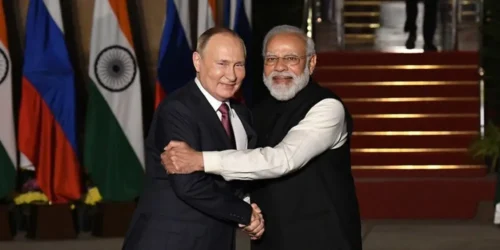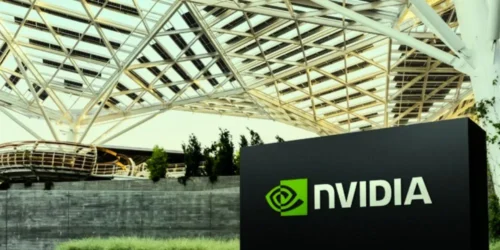The screech of tires, followed by the sickening crunch of metal and glass, is a sound we all instantly recognize. It’s the brutal soundtrack to a tragedy that unfolds on our streets with horrifying regularity.
We see the flashing lights, we sit in the resulting traffic jam, and we read the grim headlines. Then, we shake our heads, mutter something about bad drivers, and carry on with our day. Road accidents have become a predictable, almost acceptable, part of modern existence, a dark statistic we’ve grown numb to.
But these are not just statistics. Behind every twisted wreck and closed-off highway lies a universe of pain: a family shattered, a future stolen, a community left grieving. We call them “accidents,” a word that implies a blameless, unavoidable event, like being struck by lightning. This is a dangerous lie we tell ourselves.
The vast majority of these incidents are not accidents; they are crashes, the direct and foreseeable results of human choices. They are the product of impatience, distraction, and a profound lack of respect for the lives around us.
We get behind the wheel, and a strange transformation occurs. We see other vehicles not as capsules containing fragile human beings but as obstacles in our path. The phone buzzes, and we glance down. The traffic is slow, so we weave through the lanes aggressively.
We treat the speed limit as a mere suggestion. In our hurry to get somewhere, we forget that the most important destination is arriving alive. This casual disregard is a shared cultural sickness, a collective gamble where the stakes are life and death.
We cannot engineer our way out of this crisis with safer cars and better roads alone. The ultimate safety feature is a driver who understands the immense responsibility they hold. This requires a fundamental shift in our mindset from one of aggression and entitlement to one of empathy and caution. We must remember that every other car holds someone’s child, parent, or friend. The battle for safer roads begins not with legislation but in the driver’s seat, the moment we choose to see the humanity in the driver next to us.


